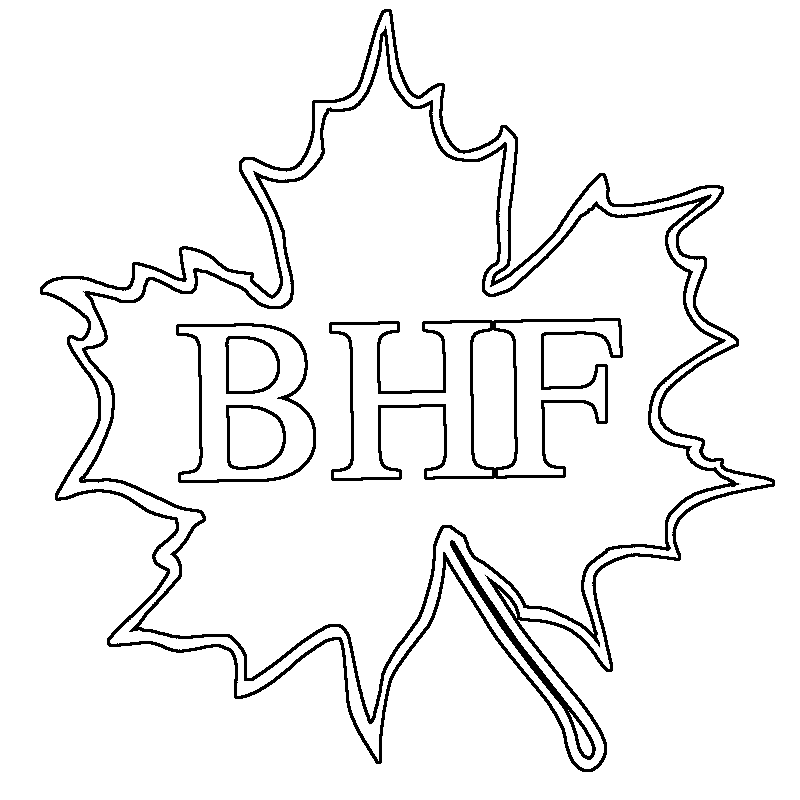Sapping 101
Buck Hill Farm’s primary business is maple syrup manufacturing and sales. Making maple syrup started here in 1978 as a “lucrative hobby” for Charles D. and Lynn Buck and soon grew into a full time year round business. Taking their product to the Greenmarkets in NYC and increasing their distribution to restaurants and wholesale groceries prompted more taps and greater yields in the sugarbush. Since the ‘70s, Buck Hill Farm has expanded their value-added product line a number of times so that maple syrup is featured and incorporated into most, if not all, of the products that are sold in the farm store.
Maple Syrup is primarily made in the spring. When temperatures start to rise and the driveway turns to mud, the sap will begin to run. We call this period of time sapping because the liquid that comes from the tree is called sap. The best maple syrup comes from a hard sugar maple tree whose Latin name is Acer Saccharum. The process of drilling holes in the trees is called tapping. A bucket is hung on a tree using a spile. When the buckets and tanks are full, we gather them. Sometimes, if the land is sloped we attach plastic tubing to the spile and, strung from tree to tree, it runs directly to the saphouse. Sap out of the tree averages 2.0% sugar.
Cold and frosty nights, below freezing, in the late winter or early spring followed by sunshine and 40 degrees, is a perfect day for the sap to run. But, did you know that maple trees are usually 40 years old before they are large enough to be tapped? Rule of thumb is one tap per each 10” in diameter. Using these guidelines, farmers can expect to safely tap a tree every year for 150 years or more.
Placing your taps in the appropriate places is an old trick of the trade. Studies prove that the sweetest sap comes from a tap hole under larger limbs of a maple tree and for the sweetest sap comes from trees with the largest crowns or canopies.
At the saphouse (Catskill Mountain term for sugarhouse), the sap is first pumped through a Reverse Osmosis machine which removes a small percentage of water from the sap leaving a slightly sweeter liquid (8%) than what came out of the tree. This decreases the cooking time and cuts time and energy costs. It is then boiled in a large pan called an evaporator. Maple Syrup production is a fairly unregulated agricultural business, but New York State does insist on standards for Density, Clarity, Color & Flavor. For every gallon of syrup made, approximately 50 gallons of water is boiled away as steam. The sweet spot for syrup is 66% sugar, too dense it will crystallize in the container, and not dense enough it will spoil quickly. Syrup is syrup at 219 degrees on a candy thermometer (or 7 degrees above the boiling point for water to adjust for altitude) or 59.5 Brix Scale for Sugar on a hydrometer. The syrup is then filtered for clarity (as it usually has sediments and undissolved particles called “sugar sand”) by pouring it through home-spun felt or flannel or for larger producers, a filter press with a series of unbleached heavy weight paper is used. If it is crystal clear and 66% sweet, it is then put in the canner and jugs or bottles are filled. Each batch will then be tested for color, given a designated grade, and labeled accordingly. Lighter colored syrup is generally considered for table use and making pure maple confections as it has a delicate flavor. The darker syrups are tasty on pancakes and are often used in baking and cooking due to its strong taste.
The duration of sap season depends solely on the weather. When the days become warmer and nights no longer go below freezing, or if the trees begin to bud, it is time to stop collecting sap, as the taste of the sap and syrup will be affected. For a video of the tapping process, you can check out Buck Hill Farm’s Instagram and Facebook pages and to purchase our Maple Syrup or Maple Products visit our Website. Happy Sapping!
Michaela Eppich, Communications Intern at Buck Hill Farm


